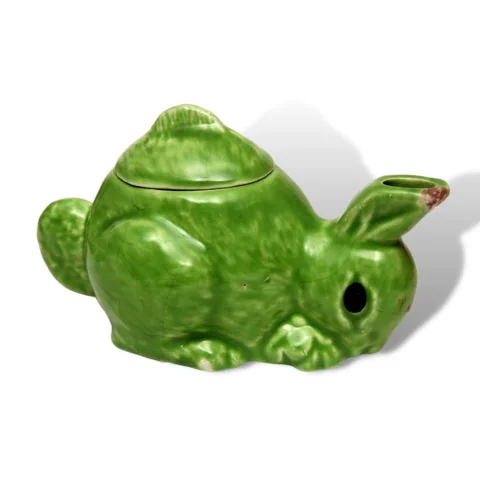The Bowes Museum Blog

New Homes for Old Dolls
A couple of weeks ago, myself and fellow intern Maria hosted a three day volunteer project to assess and re-pack the Museum’s doll collection. We did this in collaboration with Durham University, inviting first-year students from the MA Conservation of Archaeological and Museum Objects course to assist. As part of on-going improvements to the Museum stores, the dolls had been identified as a high priority for re-storage, as they were packed in overcrowded, non-archival boxes (either wood or cardboard), with yellowed, non-archival tissue paper. Through this collaboration we were able to get the much needed man-power to complete the re-storage in a limited amount of time, whilst giving the students the opportunity to get some valuable experience working within a museum environment.
While there are a large number of dolls out on display in the Streatlam Galleries, this is only a small representation of the wider collection. There are currently 164 dolls in storage, which were boxed according to material type – bisque, wax, composition, wood or plastic.
Although we had limited space and a strict three day time limit, the project was a great success. All the 164 dolls were condition checked, their dimensions and materials recorded, photographed, re-labelled and re-packed for long-term storage.The students worked in pairs to complete each task, which mostly ran smoothly. We set up a work station for each process, passing the dolls from station to station, and allowing the students to switch tasks throughout the project.
Most of the dolls were in a ‘good’ or ‘fair’ condition, however, some are made from problematic materials including rubber and plastics, which had actively started to degrade. They were extremely fragile and needed to be isolated from the other dolls in the collection, as any off-gassing from these synthetic materials can cause damage to other material types if stored in close contact.
As a result of this project we now have a fully audited and re-packed doll collection. By carrying out a condition survey, we now have a better understanding of the condition of the dolls in the collection and which are degraded and therefore most vulnerable. All this will help to preserve these objects for as long as possible, while highlighting those in need of conservation, so they can be used for future display or study.
A huge thank you goes out to the Durham University conservation students for their hard work, and to all The Bowes Museum staff that helped make this project possible.
Emily Austin, Icon/HLF Textiles Conservation Intern












